Choosing the right curtains can bring the finishing touch to a room. The curtains can indeed dress the windows, but they are also very useful to hide from view, filter the light and even isolate from the cold. Material, thickness, style, type of hook and size, here are all my tips for choosing them!
How to choose curtains according to their function?
To choose your curtains. You must first consider your needs: do you want to dress your windows or rather hide from view? Isolate you from the cold, or from the light? Answering these questions will allow you to choose the type of curtains suitable.
The veils, to hide from the eyes while letting in the light
If your room is opposite, the curtains are an essential to isolate you from the outside world. Very thin, they let the light through and you can leave them closed during the day to avoid being seen without darkening the room. They are also very useful when you want to make a window or an unsightly view less present. To preserve as much light as possible, opt for light colors.
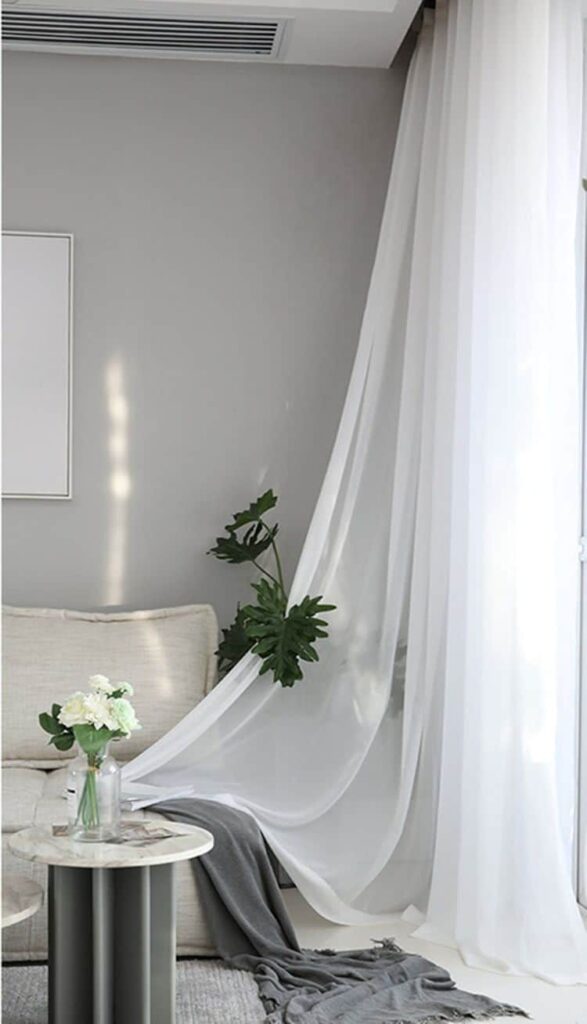
Dress your windows with curtains
Aesthetically, the curtains come to dress a room and instantly bring a cozy atmosphere. They are thicker than the veils and can give an extra touch to the decor by playing on materials, patterns or colors. The heavy curtains in particular warm the atmosphere. Intended to be open most of the time, they can also be useful to sift the light punctually. In an office for example to avoid reflections, or in a room to hide the shutters at night.
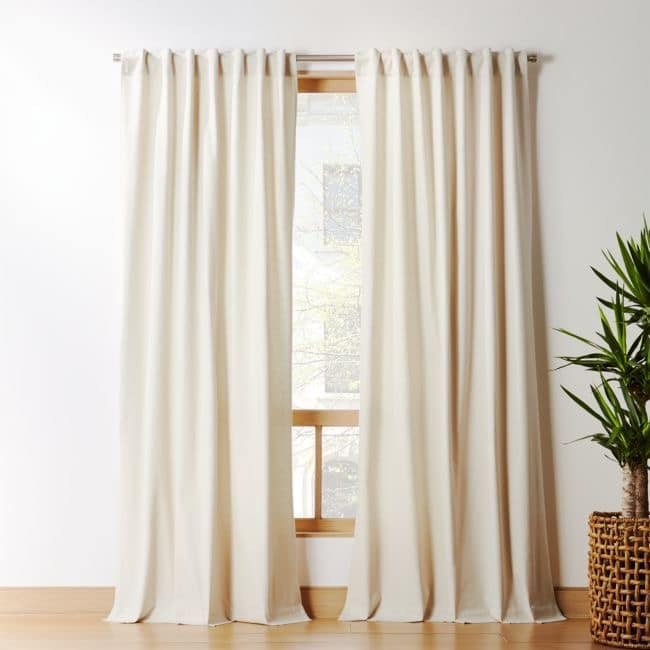
Choose curtains to replace shutters or insulate yourself from the cold
If your room has no shutters for example, know that there are blackout curtains designed specifically to stop the light. In addition to a classic textile on the visible side. These curtains are lined with a blackout material for greater effectiveness. To sleep in complete darkness, prefer dark colors, the lining of light colors is more obscuring than blackout to not see.
There are also thermal curtains, very practical if your windows or your door let the cold through in winter. Equipped with a fleece lining, they offer an interesting additional insulation for your openings.
Choosing your curtains: a question of style!
Let’s talk style now! Depending on their material and their color, the rendering of your curtains will indeed be completely different.
For fans of natural materials, linen and its slightly irregular fiber offers both elegant and casual
The cotton is a basic that will adapt to all styles of decoration for a reasonable budget. And if you like a more subdued and muffled atmosphere, velvet brings a lot of character to a room and gives a little air of hotel to a room!
Finally, synthetic textiles offer today beautiful imitations of linen in particular, and are very interesting for small budgets.
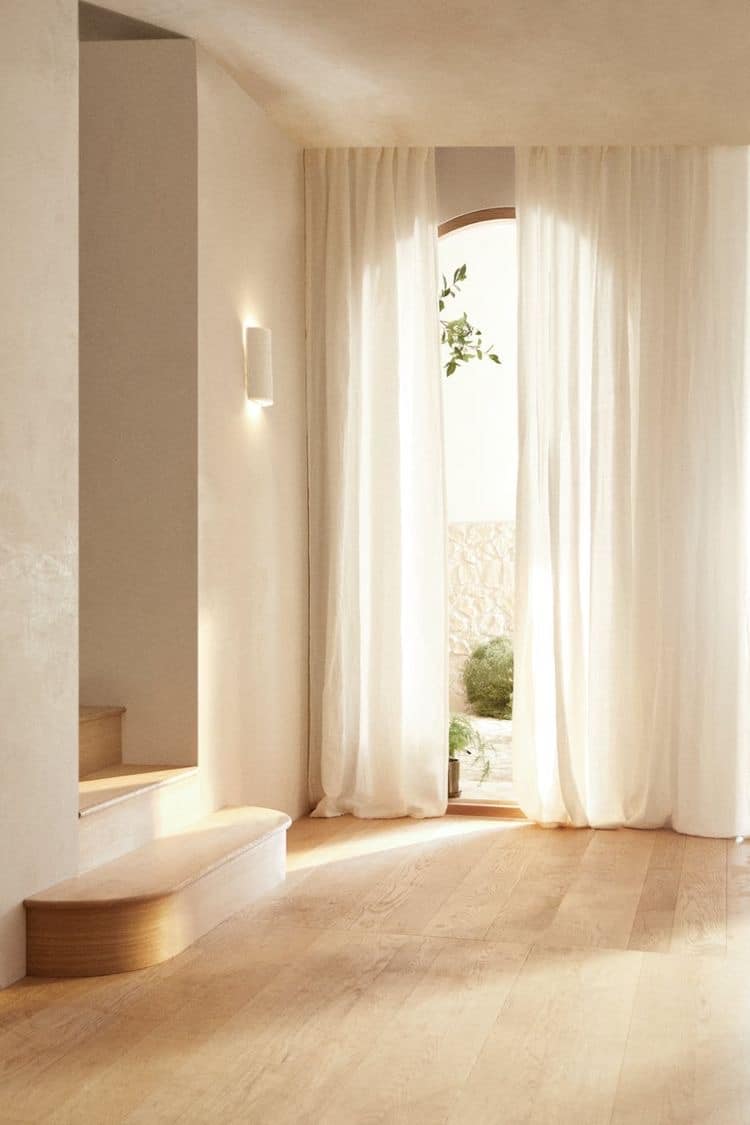
Solid colors, tone on tone or in contrast
If you opt for a solid color, you have two options. To choose its curtains, we can bet on a color close to the wall, for a cameo effect or tone on tone. Your curtains will then blend into the room. On the contrary, you can play with colors by choosing a color that contrasts with that of the wall. The curtain becomes a strong element of the room, and an excellent way to bring a touch of color more sustained.

Patterns, a matter of details
We do not often dare patterns on the curtains, and yet! In my opinion it is one of the best ways to give style to a room! If the room is large and not very busy, a pattern worked as a floral design for example is enough to completely transform it and make it unique. But if you are a fan of more sober atmospheres, more detailed patterns bring a lot of elegance while being subtle. Stripes are a must: fine and graphic in black and white, embroidered in tone on tone, or simply placed on the edge of the fabric, impossible to get tired of it. To get out of the traditional plain curtain, think also of finishes such as fringed edges, pompoms, or dots: details that change everything!
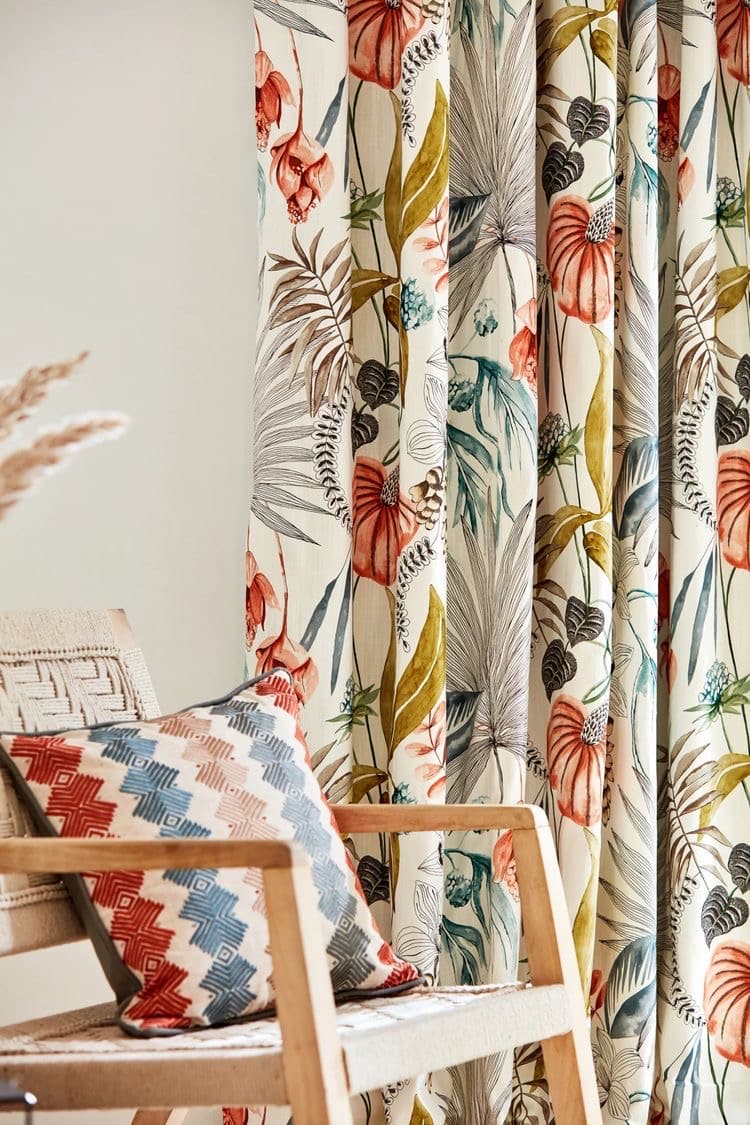
What system of fasteners and rods for its curtains?
- Grommets: If your curtains are to be opened and closed daily, this is the most suitable system because they slide very easily. They can also support very heavy curtains, such as thermal curtain for example. Grommets are also the assurance of a nice even pleat when the curtains are open.
- Clip rings: Like eyelets, clip rings are also suitable for everyday use. Aesthetically, I find this minimalist effect really nice. However, be careful, they are to be reserved for curtains or light curtains.
- The rod passes: To hide a rod, there are curtains with integrated loops. A strip at the top of the curtain allows you to thread the rod and make it invisible when closed. This system gives a tight rendering to the pleating, close to the pucker. In the same vein, some curtains are equipped with hidden loops, which allow you to pull them a little easier.
- Knots: very decorative, they are well suited to the country style. They slide less well and are more aesthetic on curtain intended to remain closed most of the time.

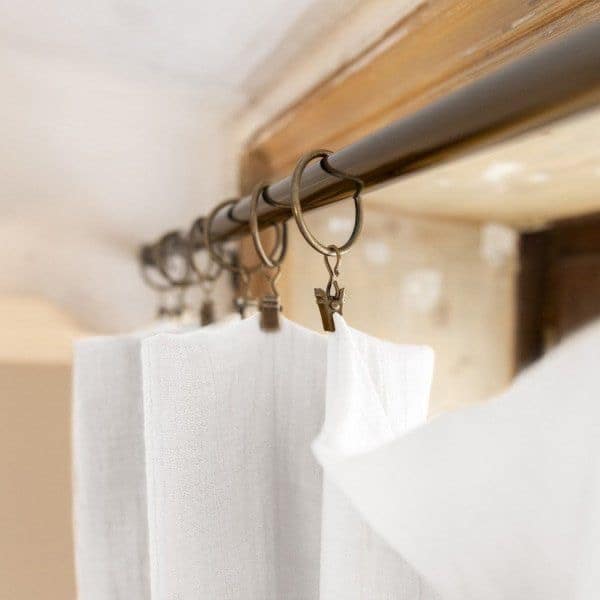
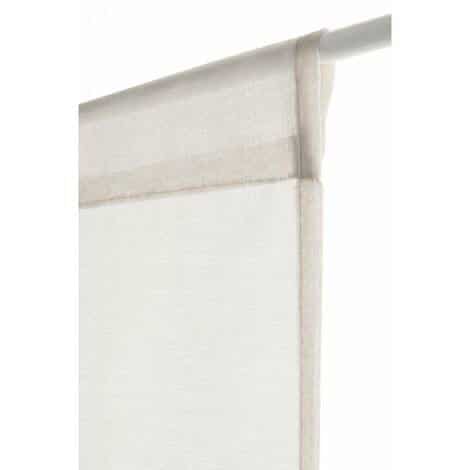
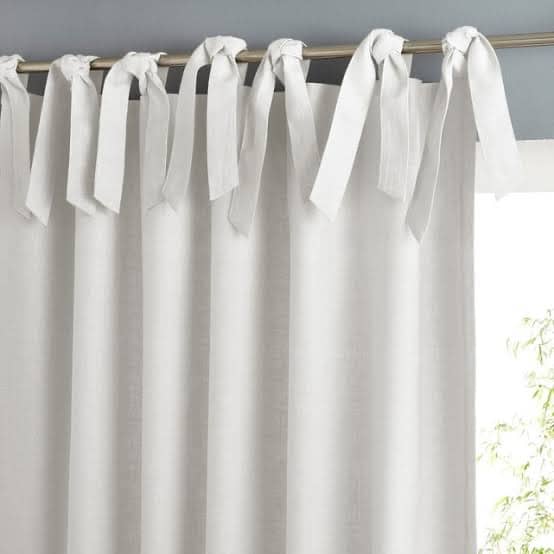
Choose your curtains: what size to choose?
Finally, here are some practical tips to help you choose the size of your curtains and achieve a harmonious hanging.
To determine the width of curtain needed for your window, measure the opening and then multiply it by 1.5 minimum for curtains, and 2 for veils. You will get a nice pleated fabric, open as closed.
The rod is usually installed 15 cm above the window. It is customary to make it extend 15 to 20 cm on the sides but you can also play with this dimension to cheat on proportions. You can visually enlarge a window by increasing this measurement, or on the contrary make it less present by dropping your curtains open in front of the edge of it.
Finally, for the length, there are 2 schools: make the hem flush with the floor, or let the fabric fall on the floor.
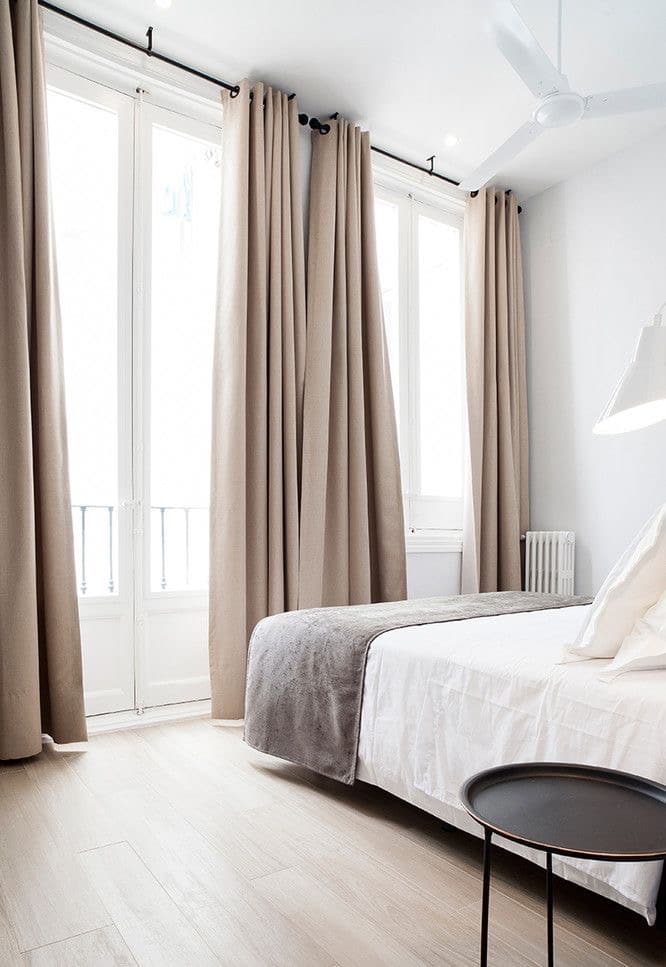
Which curtain color to choose?
Curtain color is a crucial element in creating the right atmosphere in a room, so we’ll help you choose the perfect shade:
- The color of your curtains must harmonize with their surroundings. So take into account the color of walls, beams and furniture.
- If you want to increase the surface area of your room, opt for a light color. Cream, beige or white will give you the impression of gaining several square meters.
- On the other hand, darker colors such as blue or gray sometimes seem to shrink the space.
- If your room has a low ceiling, don’t hesitate to choose curtains with vertical stripes to accentuate the impression of height.
- Blackout curtains are a sleeper’s delight. They are generally dark in color.
- Cream or beige shades create a natural, Zen atmosphere.
- Select colors that evoke the desired mood for the room.
- Weigh the mood against the amount of daylight the room receives.
- Different colors work well in various spaces; for instance, bright colors may suit living rooms.
- Neutral colors like beige, grey, and white create a calm ambiance, making them suitable for bedrooms.
- For a cohesive look, curtains can match the wall color, or for a muted role, they can blend with the space’s color scheme.

Choosing the Right Curtain Colors for Different Styles:
- Style Minimalist
Neutral hues like white, beige, or light gray are good choices for a minimalist look. These hues accentuate the minimalistic style’s uncomplicated, clean look.

- Style Maximalism
Bold and vivid hues are welcome in maximalist design, where “more is more.” Rich jewel tones, patterns, and textures may go well with maximalism’s opulent and diverse vibe.

- Mid-Country Design
While not clearly defined, mid-country style tends to be earthy and natural in color. Think about hues that evoke a sense of place, including soft blues, warm browns, and greens.
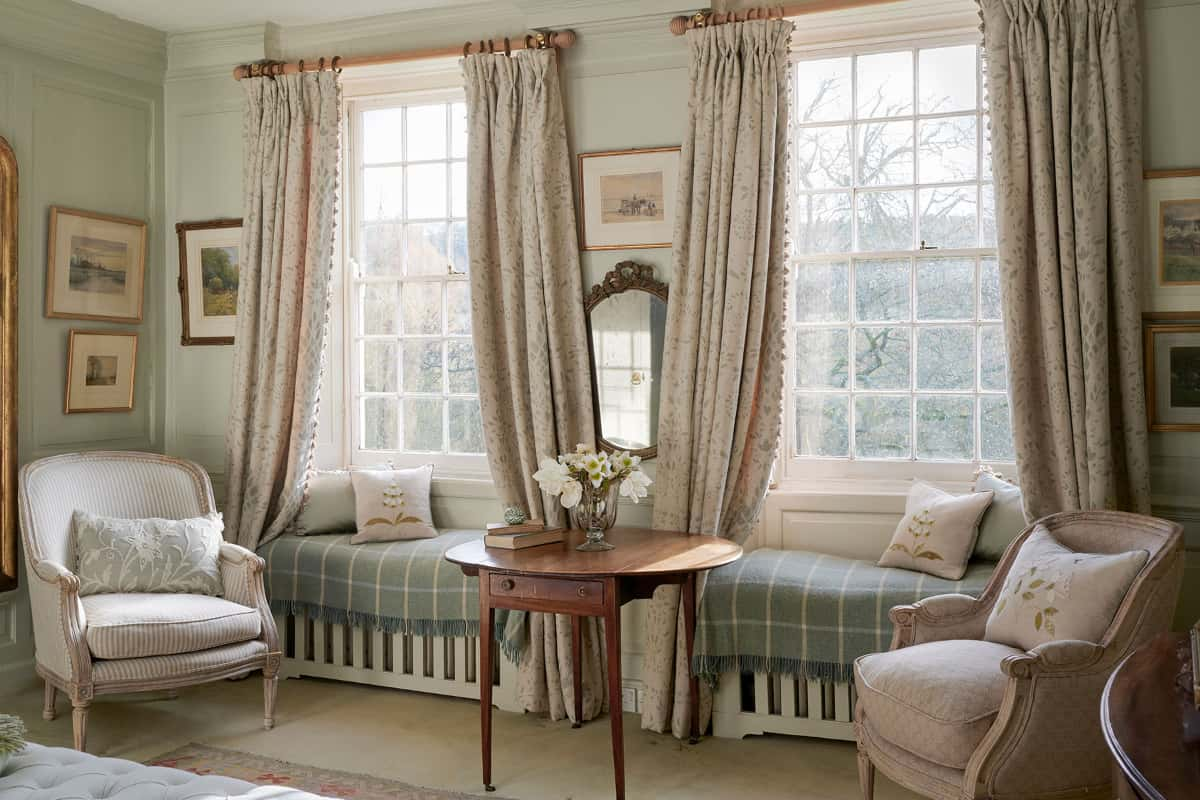
- Dark and moody style
Select deep, dark hues like charcoal, navy, or forest green for a somber, stylish look. These hues complement the melancholy, dark design by fostering a warm, personal ambiance.
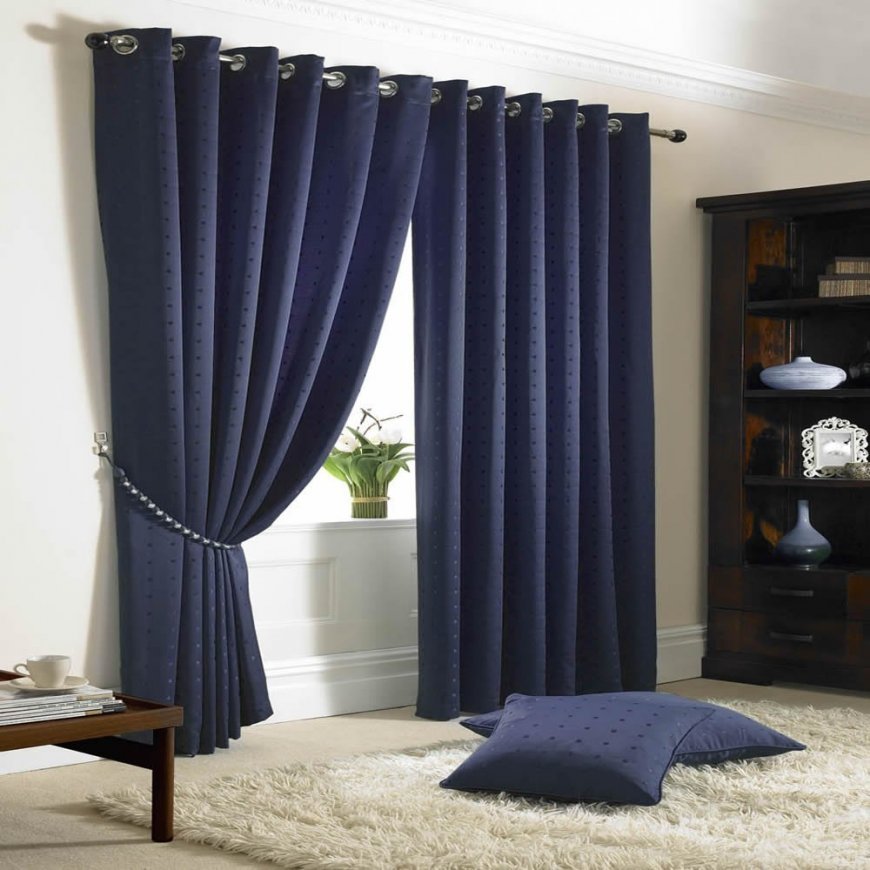
FAQs
How to choose curtains color for the living room?
Consider the overall color scheme, match or complement the wall color, and factor in the room’s natural light. Reviewing color swatches and experimenting with samples can help in making the right choice.
Should curtains be lighter or darker than walls?
Curtains can be either lighter or darker than the walls, depending on the desired effect. Lighter curtains create an airy and spacious feel, while darker curtains add drama and warmth.
What curtain color is best?
The best curtain color depends on the room’s decor and personal preference. Neutral tones like white, beige, or gray are versatile and timeless. Bold colors or patterns can add personality.
What color curtains go with everything?
Neutral colors like white, beige, or gray generally go well with various decor styles and color schemes. They offer flexibility and can complement or contrast with different hues.
Why choose curtains?
Curtains serve functional and aesthetic purposes, providing privacy, controlling light, and enhancing the decor. They add warmth, texture, and style to a space.
How do I choose new curtains?
Consider the room’s function, measure the window size, decide on the curtain length and style, choose a suitable fabric, and select a color that complements the overall design.
Which type of curtain is best?
The best type of curtain depends on the room and personal preference. Options include panels, sheers, blackout curtains, or a combination for versatility and functionality.
Is there an app for choosing curtains?
While there may not be specific apps solely for choosing curtains, interior design apps like Homestyler may assist in visualizing various curtain options within a room setting.

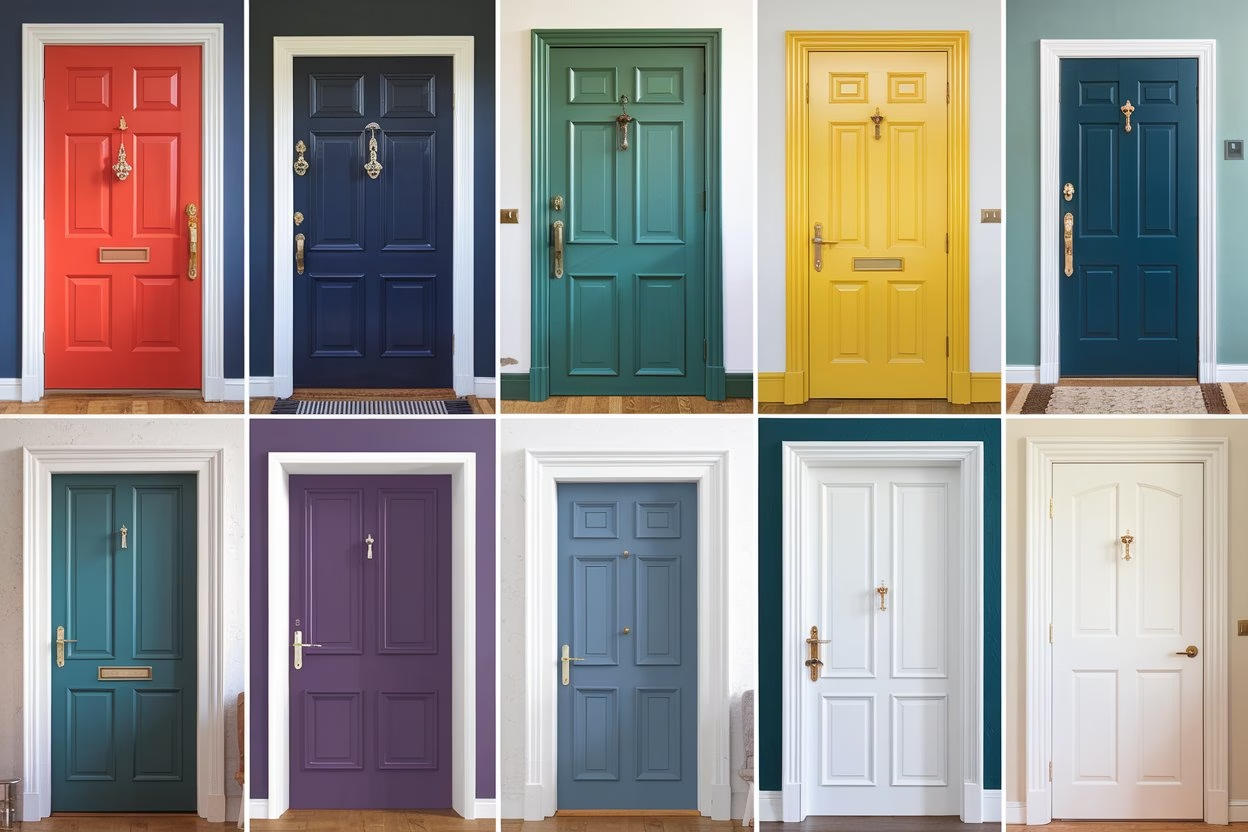


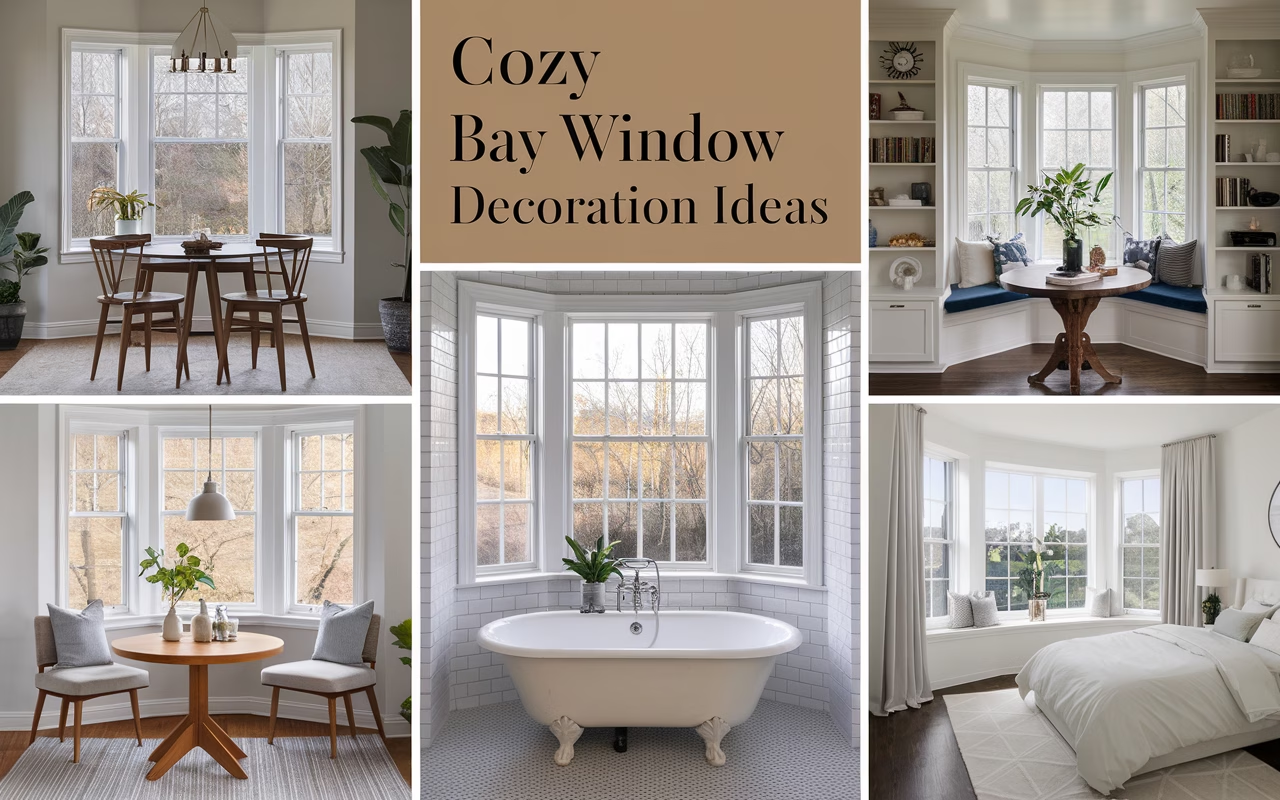




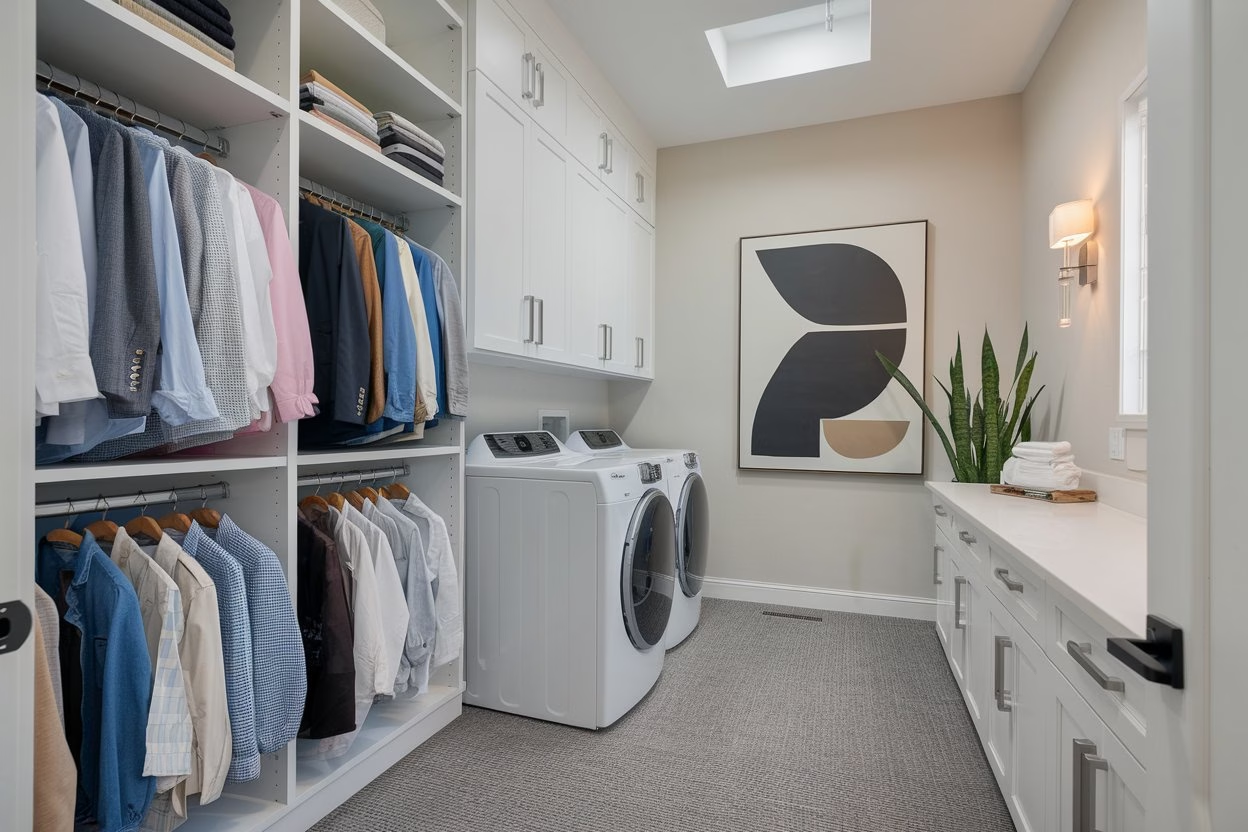
What about curtain length when there are floorboards along all the wall?
Sorry for the delays, curtain length depends on your personal style, the room’s design, and whether you prefer a more traditional or modern look. Here are some considerations: